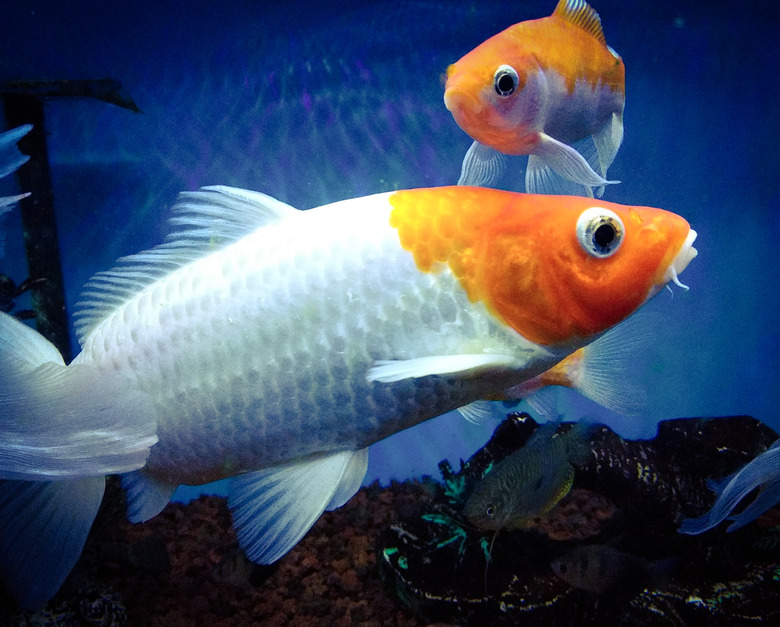How To Know If Fish Are Mating
Fish provide endless hours of fascinating behavior to observe, but it can also be a little complicated. When your fish are chasing each other relentlessly around the aquarium, for example, you may wonder if they are trying to mate or if they are bullying a victim. Get acquainted with fish mating signs to sort out the sometimes bizarre behavior.
Mating season for fish
Mating season for fish
Fish will often mate during the spring when temperatures warm and days get longer. Even though your tank is indoors, natural light coming in through the window can signal to your fish that it's time to get busy producing the next generation. Your aquarium's fish mating signs will depend entirely on the type of fish you have; however, fish who break off from the group and hang out in pairs is an early signal. Fish bear young in a variety of ways, including live birth, mouthbrooding, and laying eggs in a nest.
Sometimes, your first clue to fish mating patterns might be seeing tiny little "dots" swimming around in your tank. Left to nature, most of these tiny babies will get eaten by tank mates, including their own parents. Learn to recognize fish mating signs so you can prepare a brooding tank and replenish your aquarium stock with fish you raised yourself.
The nesting instinct
The nesting instinct
Many times, fish mating behavior begins with building a nest. The types of nests can vary widely, from mere scrapes in the gravel to an elaborate bubble structure or a pile of leaves. The male of each species typically builds the nest, and once a female approves, she'll hover near the nest, signaling that she is ready to mate.
Betta fish build a nest of bubbles. The male will construct the bubble palace in a few hours to a few days. When you see your male begin nest building, remove him to a brooding tank to work alone, as he'll be aggressively protective of it and could injure other fish. Once he's finished, allow the female to join him until she's deposited her last egg. Then, scoop her out and allow him to fertilize and care for the eggs for the next several days.
Although most other nest-building fish use the bottom of the tank to lay eggs and fertilize them, the splashing tetra is a rare exception. This jumping fish joins with its partner to jump out of the water and deposit the eggs and milt on a leaf in its natural habitat. In an aquarium, aquatic flowering plants or even the side of the aquarium will do. They splash the eggs to keep them moist every hour until the young emerge several days later and fall into the water.
No nest needed
No nest needed
Livebearers and mouthbrooders don't need to use a nest. Live-bearing fish, such as swordtails and mollies, embrace one another for a few minutes, allowing the male to enter the female's body and fertilize the eggs within. When the fertilized eggs mature and hatch, the young fry are ejected from her body.
Mouthbrooders keep fertilized eggs inside their oral cavity until the fry emerge. Many fish, including most cichlids, deposit the eggs on the substrate. The male swims over and fertilizes them, and then they are collected and kept in the mouth of the female.
The electric yellow cichlid employs a slightly different variation. The female lays one egg at a time and swims around and scoops it up in her mouth. Egg spots on the male's anal fin fool her into trying to scoop them into her mouth, triggering the male to release his milt into her mouth to fertilize her eggs.
